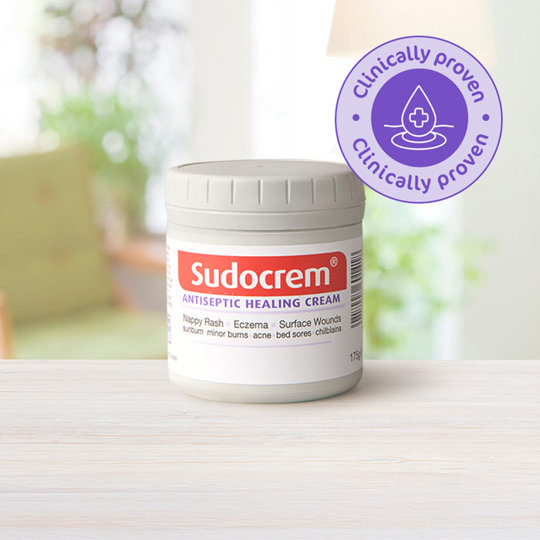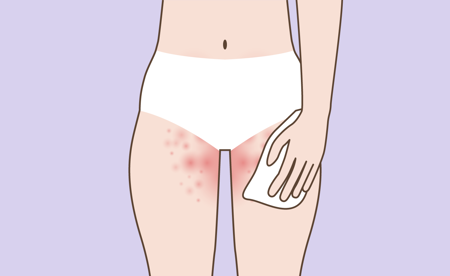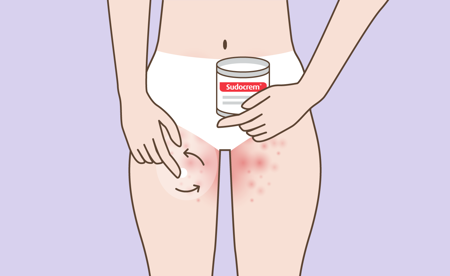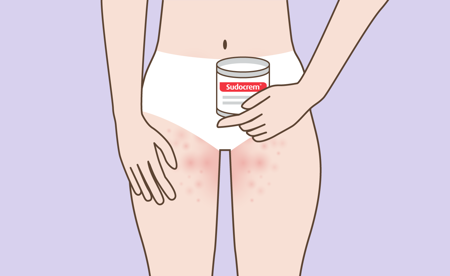
Sudocrem® for Incontinence Associated Dermatitis

We understand that Incontinence Associated Dermatitis (IAD) can be a frustrating, often embarrassing side effect for those of us who suffer from incontinence. The inflammation, pain, and itching can make it challenging for those who live with it and for those who care for them. That’s why we’re here to provide information and support that will help you manage and alleviate the discomfort that IAD can cause.
How Sudocrem®Antiseptic Healing Cream helps Incontinence Associated Dermatitis:

- Helps to alleviate pain
- Protects the skin, helping to restore the skin barrier
- Reduces redness and irritation
- Reduces the risk of infection
- Locks in moisture, to help skin recover
How to use Sudocrem® on Incontinence Associated Dermatitis:

1. Clean
Gently cleanse and pat dry the affected area.

2. Apply
Using soft circular movements, apply a small amount of Sudocrem® to create a thin, translucent layer.
Avoid rubbing as this may aggravate it further and break the skin.

3. Repeat
Use as often as required but remember, a little goes a long way.






